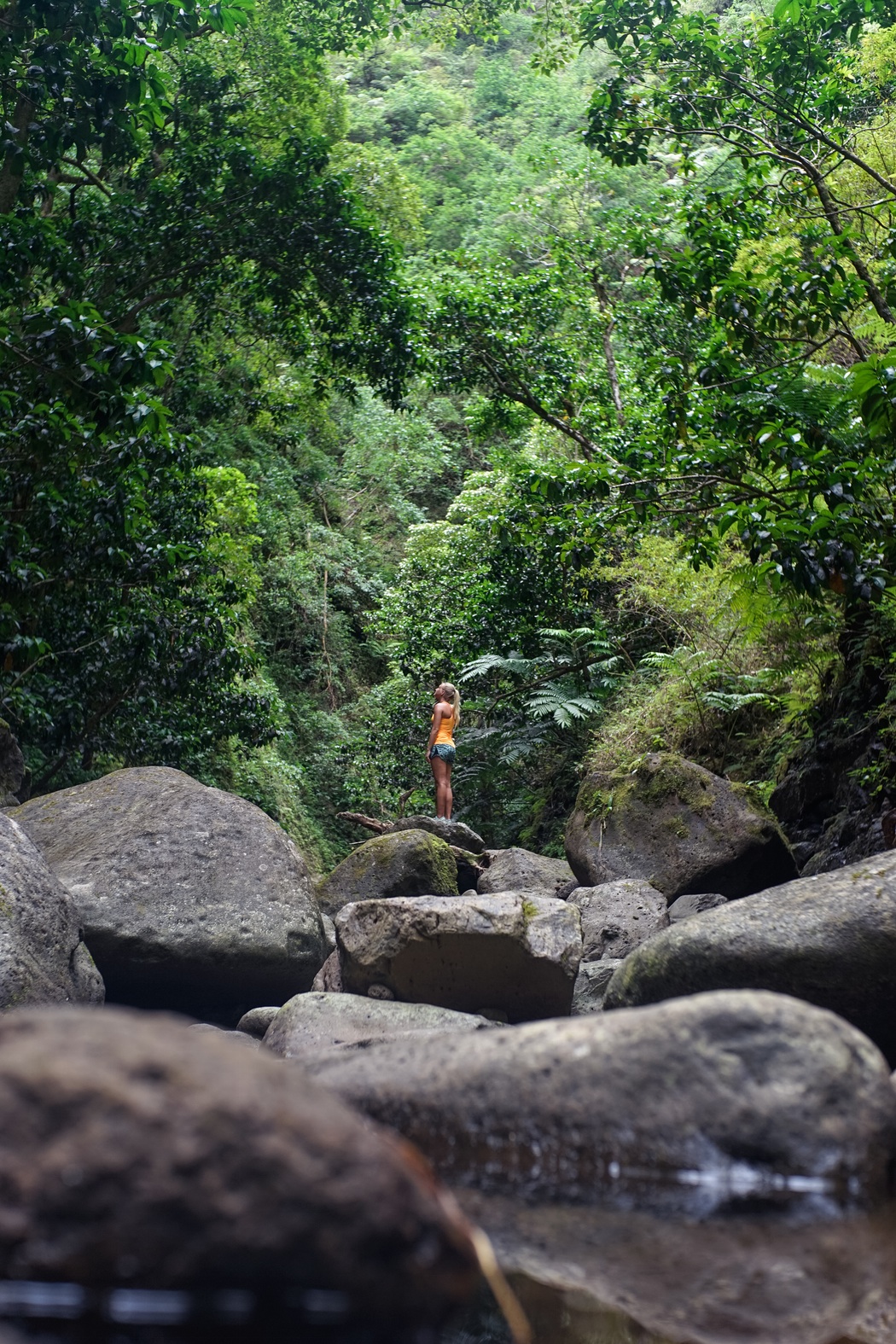
Editor's Note: Enjoy this special encore post, which was one of readers' favorites so far in 2021. It was originally published on February 11.
In the world of entertainment, a “show stopper” refers to a performance or scene so outstanding that it receives a prolonged round of applause from the audience (thus temporarily stopping the show). It is the golden ideal of actors, writers, and directors everywhere.
Modern marketers hoping to break through on social media aim for a different version of this phenomenon: the thumb stopper. It refers to a piece of content on the feed so eye-catching, attention-grabbing, and intriguing that it causes a user to stop scrolling and take notice.
There is no surefire formula for creating thumb-stopping content. Powerful creative is what makes the magic happen, and it can only come from talented marketers and creators possessing a keen understanding of their audiences.
However, we can help set you in the right direction with data-driven guidance. We have found three consistent characteristics of engaging and impactful B2B creative.
Hallmarks of High-Performing B2B Creative
Posts that drive the highest engagement on LinkedIn tend to share at least one (and often all) of these three descriptors: disruptive, interactive, inspiring.
The Disruptive
A study by Forbes last year found that the average person spends about seven hours per day consuming content. We all face a daily deluge of digital media, and after a while, much of it starts blending together.
The inclination of marketers to stick with tried-and-true approaches and best practices is understandable, but problematic. It leads to many posts and ads from companies looking very alike. Awesome content can go unnoticed in the feed if it’s not presented in a way that stands out and catches the scroller’s eye.
“Disruption” is a catchphrase that’s been somewhat run into the ground. We get it, trust me — it was the winner of our 2019 Marketing Madness bracket for Most Overused Buzzword. Still, disruptiveness needs to be called out as an essential differentiator for B2B content that transcends the static. Human beings are wired to notice things that are different, counterintuitive, or unexpected.
Think carefully about how a user will experience your content — what they’ll see first, how the different creative elements come together, and why someone will be compelled to stop scrolling. Consider the visual space and how you can make the most of it. Don’t assume a reader will consume text and images in linear fashion; the example below shows how stylistic nuances can lead to the first line of text being read last.

Analyze where the viewer’s eyes will go first, taking extra care to make it unique and evocative. There are many different possible ways to go about this, but doing the same thing as everyone else isn’t one.
The following example from eCornell illustrates an excellent use of visual space to captivate a scrolling social media user. Here we have a bear unrolling a piece of paper, immediately generating suspense in the viewer’s mind: what’s inside? The animation plays out and interacts with a simple, straightforward value prop and CTA below. 

I’ll bet you weren’t expecting that bear to leave the frame. And that’s exactly the point.
The Interactive
Content experiences tend to be more engaging and memorable when the audience can take part in them. Interactivity is an incredible tool, but should always be deployed with a purpose. How does the interaction bring value to the user and drive deeper brand engagement?
On LinkedIn, there are a number of ways for marketers and organizations to infuse interactivity into their content and ads. For instance, Carousel Ads are delivered as a sequential series of cards, which can be used to narrative effect. Conversation Ads enable members to engage in back-and-forth messaging dialogues, following different paths based on their responses for a tailored experience.
Here you can see how MailChimp cleverly leveraged Carousel Ads as a conduit for directional Q&As with their experts, based on the member’s area of specialization or curiosity:

The Inspiring
This is one area where B2B marketers can take a cue from their B2C peers. Think of some of the most popular and iconic ads from brands like Nike, Coca-Cola, or Apple — they often strike an emotional chord by speaking to the dreams and aspirations of the viewer, envisioning a better world and a happier you.
The context on LinkedIn is a bit different, but that doesn’t mean members aren’t ready to feel inspired. For marketers, the key lies in finding that intersection between personal and professional objectives, and developing a message that resonates.
Inspire your audience by entertaining and informing them while zeroing in on topics they care about. Help them envision an aspirational future state both personally and professionally. Think big and make your customer the hero. At all times, strive to be authentic, empathetic, and relatable.
In these ads, you can see how Global Web Index speaks to very specific role-based audiences with messages and images that tie directly to the pains and practical realities of their day-to-day work:

Stop the Scroll with Can’t-Miss B2B Content Experiences
Competition for eyeballs and engagement is fiercer than ever. The bar has been raised for brands when it comes to breaking through and earning attention. Based on our findings, you can rise to the challenge by ensuring your creative strategy follows these three tenets:
- Disrupt the norm and defy expectations
- Infuse interactivity (where it’s valuable) to drive deeper brand engagement
- Inspire your audience by understanding them and their goals
From there, let your creativity guide you. We can’t wait to see your next thumb stopper.
Unlock more examples from companies who are implementing the above traits into their content by downloading ‘3 Traits of the Most Engaging B2B Creative’.
For More Information about our services please visit:
Additional Informational Links:
https://sites.google.com/fuseologycreative.com/fuseology-creative-clients/home



















No comments:
Post a Comment